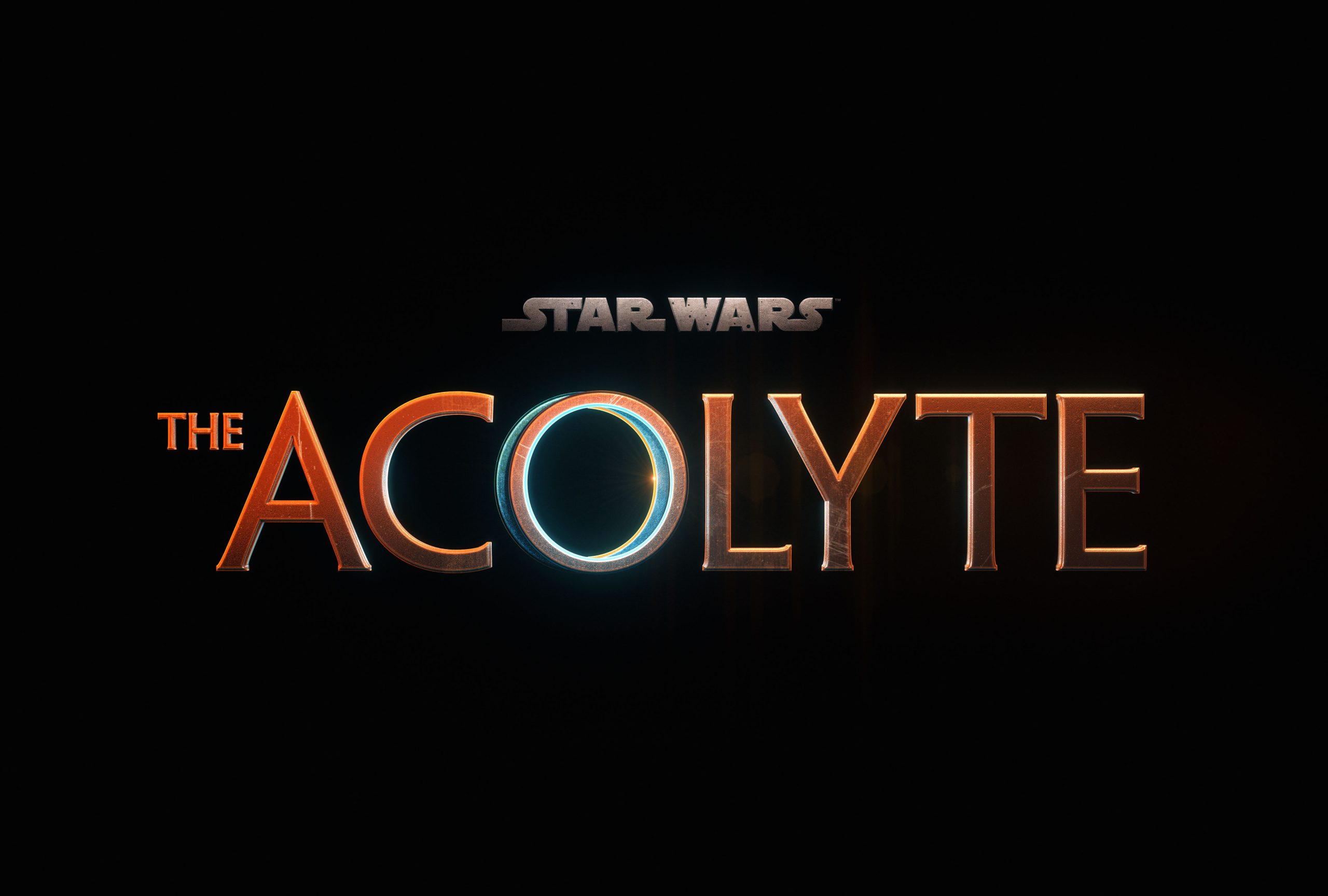Leslye Headland, the creative mind and showrunner of “The Acolyte,” delivered the worst reviewed and most divisive piece of Star Wars content since “Star Wars: Episode Eight – The Last Jedi.” In the show, Mae Aniseya (Amandla Stenberg) is out for revenge against the four Jedi who killed her coven, and is guided by Qimir (Manny Jacinto), a fallen Jedi turned Sith. One of Mae’s targets, Master Sol (Lee Jung-jae), enlists the help of Mae’s twin sister, Osha (Amandla Stenberg), to track Mae down and bring her to justice. While this seems fine enough on paper, “The Acolyte” fails because it doesn’t understand tone, character, pacing or Star Wars.
Starting off, perhaps the most off putting thing about this show is the complete inconsistency in tone. “The Acolyte” is supposed to be a murder mystery that follows the Sith. This naturally creates scenarios where the show wants to explore aspects such as violence, anger and passion: emotions that fuel the Sith’s power. However, whether the writers do not know how to flesh out these themes, or cannot do it properly under the Disney banner, they don’t go far enough into these elements to make them matter, so they just feel out of place. Perhaps the best example of this is in episode six where half of the episode is Osha getting literally and figuratively seduced by Qimir, and the other half is a droid and a gopher doing slapstick comedy. Scenes such as these make some moments too adult for a kids show and others too kiddy for an adult show. Since “The Acolyte” exists in this awful in-between, its aim is worse than a Stormtrooper when it comes to finding an audience.
Another let down of the show is the writing of characters. With the exception of Qimir, every character is bad because they don’t know what they want. A character’s desires and motivations are what allows the viewer to relate and become attached to them, but the characters in “The Acolyte” are constantly in flux. The primary antagonist, Mae, is the perfect example of this. She initially wants to kill the Jedi for what they did to her, but out of nowhere decides she wants to surrender to them. Then, once the Jedi come to arrest her, she goes back to wanting to kill them again. If this sounds confusing, that’s because it is. Character motivations change on a dime, often within the same scenes, leading to them taking massively detrimental leaps in logic for no reason. Because these characters don’t know what they want, the audience doesn’t either. Needless to say, this only create characters that audiences cannot enjoy or relate to. Simply put, these choices make for bad characters.
A third failing of the show is the pacing, or lack thereof. Since this is a murder mystery, “The Acolyte” is always setting up questions to be answered, but teases these answers for so long that full episodes go by where nothing happens. Adding onto this, there are too many moments where someone says they are going to resolve one of the mysteries, only for them to get distracted by the most random occurrences and never resolve it. Moments like this in a TV show do not build intrigue, they are just frustrating excuses to watch next week’s episode in the vague hopes that something will be revealed.
This issue compounds with the fact that anytime the show builds momentum, it instantly kills it in the next episode. This is partially due to two of the episodes being flashbacks about the exact same scenes, just shown from different camera angles. This means there are two instances where the show completely abandons its other subplots to devote an entire episode to events it failed to make the audience care about: and the second time it happens, the events aren’t even new. The show’s constant teasing of information coupled with crashing halts to all of its forward momentum leave it constantly fumbling towards nowhere.
On top of “The Acolyte” failing to pull off basic storytelling components, it also doesn’t seem to know anything about Star Wars either. While there are many instances of lore breaking in “The Acolyte,” the biggest example of this claim is Master Ki-Adi-Mundi showing up in episode four. The first problem is that canonically, Ki-Adi-Mundi is negative 30 years old during the time of “The Acolyte.” The second, and more major, issue is that Ki-Adi-Mundi’s one line in “The Phantom Menace” is him saying the Sith have been extinct for a thousand years. Not only does his cheap cameo make no sense since he wasn’t even alive, but it also completely contradicts him saying there has been a thousand years of peace before the events of “The Phantom Menace.”
While this is an incredibly nitpicky complaint, it goes to show the lack of knowledge and care that Headland and her team have for Star Wars. Instead of honoring the movies that mean so much to so many people, that fathers and sons have bonded over and that families have enjoyed together for over 40 years now, “The Acolyte” aims to supplant all of that to push its own agenda about how Star Wars should work.
In the end, “The Acolyte” is a murder mystery who’s only success is putting one more nail in the coffin that is the legacy of Star Wars. 0.5/5.
—
Featured Image via Lucasfilm Ltd.

